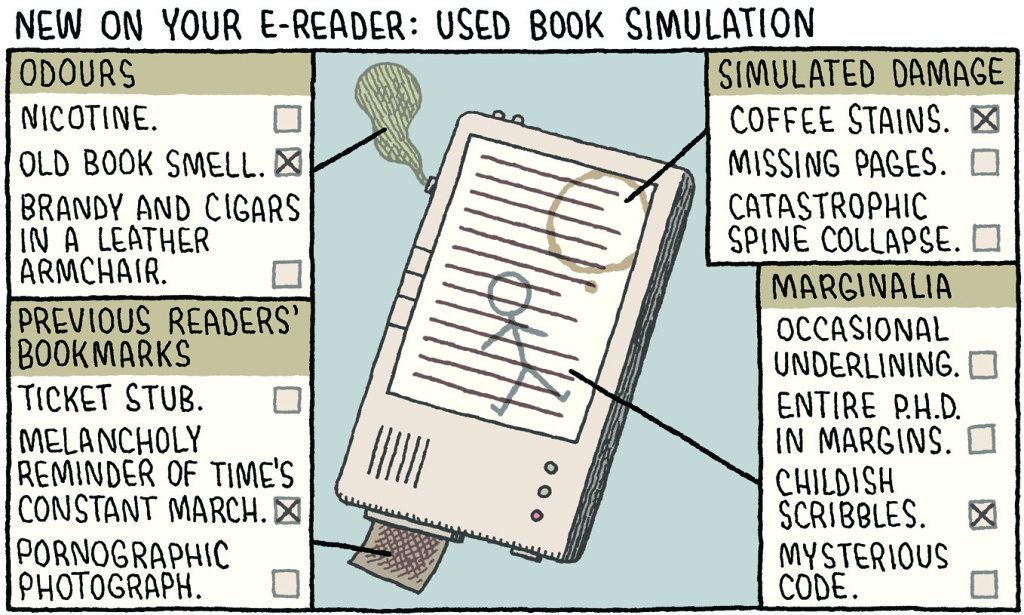Pelican books take flight again | Books | The Guardian
As the non-fiction Penguin imprint relaunches, Paul Laity tells the story of the blue‑spined books that inspired generations of self-improvers – and transformed the publishing world.
..
“The really amazing thing, the extraordinary eye-opener that surprised the most optimistic of us, was the immediate and overwhelming success of the Pelicans.” So wrote Allen Lane, founder of Penguin and architect of the paperback revolution, who had transformed the publishing world by selling quality books for the price of a packet of cigarettes.
Millions of orange Penguins had already been bought when they were joined in 1937 by the pale blue non-fiction Pelicans. “Who would have imagined,” he continued, “that, even at 6d, there was a thirsty public anxious to buy thousands of copies of books on science, sociology, economics, archaeology, astronomy and other equally serious subjects?”
His instinct was not only commercially astute but democratic. The launching of the Penguins and Pelicans (“Good books cheap”) caused a huge fuss, and not simply among staid publishers: the masses were now able to buy not just pulp, but “improving”, high-calibre books – whatever next! Lane and his defenders argued that owning such books should not be the preserve of the privileged class. He had no truck with those people “who despair at what they regard as the low level of people’s intelligence”.
Lane came up with the name – so the story goes – when he heard someone who wanted to buy a Penguin at a King’s Cross station bookstall mistakenly ask for “one of those Pelican books”. He acted fast to create a new imprint. The first Pelican was George Bernard Shaw‘s The Intelligent Woman’s Guide to Socialism, Capitalism, Sovietism and Fascism. “A sixpenny edition” of the book, the author modestly suggested, “would be the salvation of mankind.” Such was the demand that booksellers had to travel to the Penguin stockroom in taxis and fill them up with copies before rushing back to their shops.
It helped of course that this was a decade of national and world crisis. For Lane, the public “wanted a solid background to give some coherence to the newspaper’s scintillating confusion of day-to-day events”.



